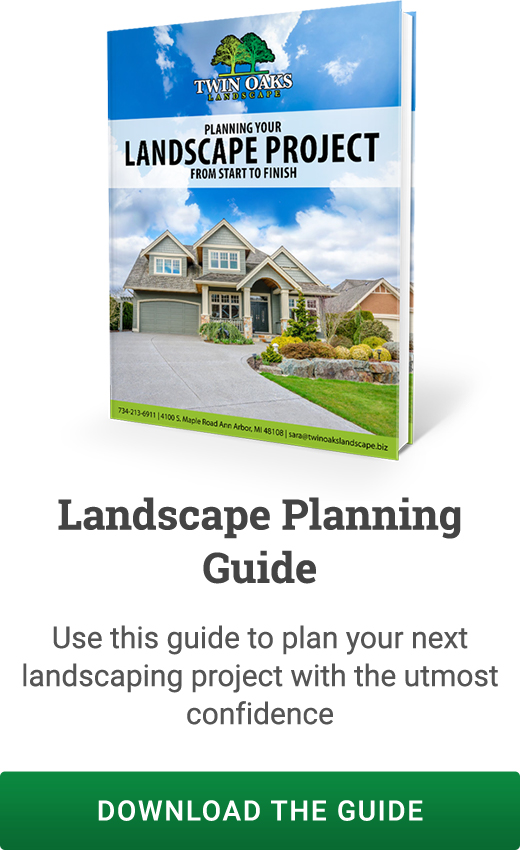April 29, 2016
Most yards in Ann Arbor MI need additional water to maintain good growth and plant health. Ann Arbor receives an average of 32 inches of rainfall annually, less than the US average of 37 inches and receives an average 40 inches of annual snowfall to the national average of 25 inches. That may sound like a lot of snow, but it takes about 10 inches of snow to equal one inch of rain, making the Ann Arbor MI climate dryer than the US average. That means your landscaping needs additional water, uniformly delivered, to maintain yard health. The following t en warning signs indicate your yard has inadequate or faulty irrigation.
en warning signs indicate your yard has inadequate or faulty irrigation.
1. The yard shows overly wet or dry spots. This indicates unequal water distribution from your irrigation system. You may see mushrooms popping up in the wet spots, while dry spots probably show unhealthy or no growth.
2. Poorly performing plants also may indicate a water resource issue. They’re either receiving too much or too little water or sunlight.
3. The grass turned brown or died – either in patches or throughout the yard. The areas of tan or brown indicate dehydrated or dead grass. This area needs additional water.
4. You notice a fungal infection on the grass or yard plants. This can occur on the plants’ stems or leaves, or show up as mushrooms in the yard. This area receives too much water and suffers poor drainage.
5. Water isn’t reaching parts of the yard due to clogged sprinkler nozzles or heads. Your landscaper can help clean or replace these, so the yard once again receives uniform water.
6. The yard has flat, soggy areas. This may indicate a leak in the pipes running from the house to the water meter or in the sprinkler system. Your plumber can easily assist you in locating and fixing the leak, while your landscaper can help save or replace your plants and grass after the  plumbing correction.
plumbing correction.
7. Depressed areas of the yard experience ponding, perhaps from poor drainage or heavy runoff. If it looks like there’s a small lake you could fish or swim in every time it rains, this water needs redirecting to the areas lacking water.
8. Sediment erosion clearly indicates a drainage and irrigation issue. Too much water running across an area washes it away. Your landscaper can help you identify an appropriate runoff plan that results in uniform water diversion. They’ll also help fill and grade the areas to restore the yard.
9. You find cracks or leaks in your home’s foundation or other buildings, such as a detached garage or gardening shed. Too much water exposure damages cement.
10. You receive one or more high water bills. This usually indicates a leak somewhere in your plumbing or the water company’s pipes or meter. Your plumber and landscaper can help address this issue.
Quick response to these warning signs can lessen damage and repair costs. Keep your lawn healthy through diligent observation and quick landscape treatment.
Gallery
“We recommend Twin Oaks to any entity looking for a full-service, talented, and responsive provider.”
